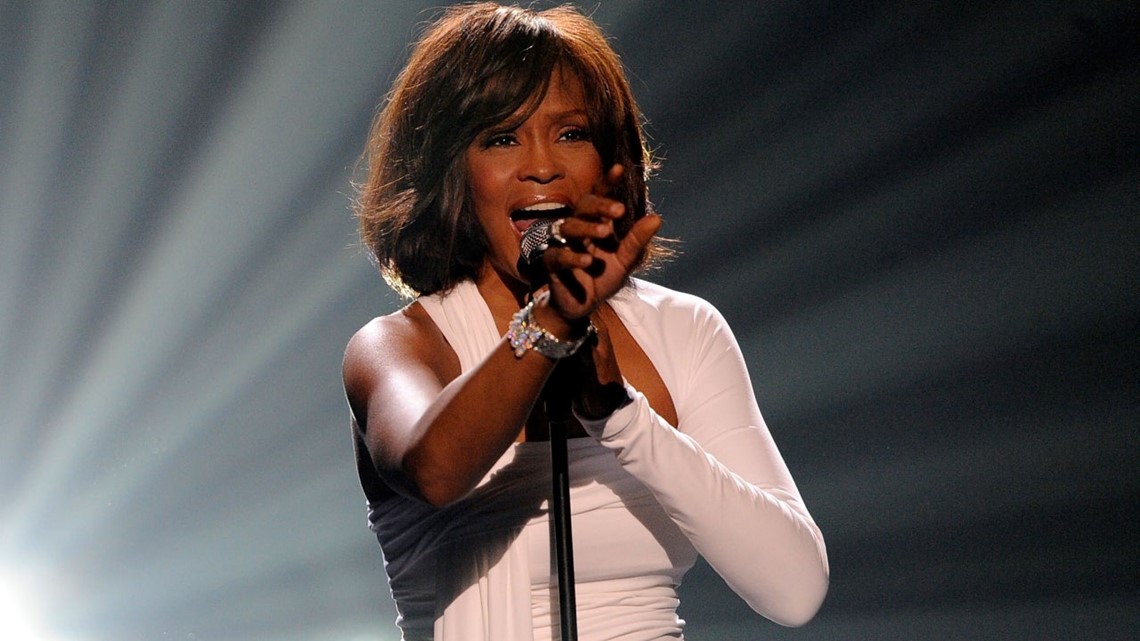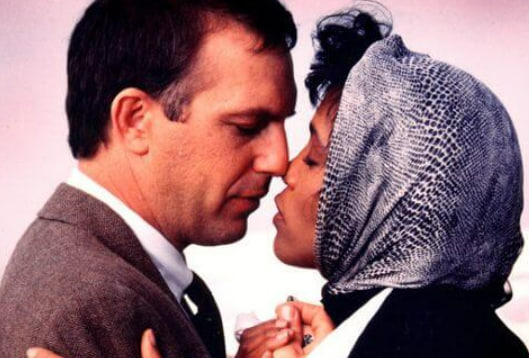Released in 1992, The Bodyguard, starring Kevin Costner and Whitney Houston, has become one of the most iconic romantic thrillers of the 1990s. Combining action and romance, the film achieved massive commercial success and left a lasting impact on global pop culture—especially thanks to its legendary soundtrack.

A Script 17 Years in the Making
The screenplay for The Bodyguard was written by Lawrence Kasdan in 1975, originally intended for Diana Ross and Steve McQueen. However, due to various casting changes and market conditions, the project was delayed multiple times. It wasn’t until 1992 that the film was officially produced with Costner and Houston in the lead roles.
A Commercial Triumph Despite Critical Reviews
While the film received mixed to negative reviews from critics, The Bodyguard resonated with audiences worldwide, grossing over $411 million at the global box office. It was the second-highest-grossing film of 1992, just behind Aladdin, and entered the top 10 highest-grossing films of all time at that point.
Whitney Houston’s Film Debut and a Musical Milestone
The Bodyguard marked Whitney Houston’s first appearance in a feature film. Her rendition of “I Will Always Love You”—a cover of Dolly Parton’s 1974 original—became a global hit. The single was certified Diamond by the Recording Industry Association of America (RIAA) for selling over 10 million copies in the U.S. alone. The film’s soundtrack also became the best-selling movie soundtrack of all time, with over 45 million copies sold worldwide.

Continuity Errors Noted by Fans
Despite its success, several filming inconsistencies and continuity errors have been spotted by viewers over the years:
-
Shifting “FUNERAL” Sign – In the scene where Frank and Rachel leave a funeral, a windshield sign labeled “FUNERAL” appears on the left side, but in the next shot, it switches to the right. This is a common continuity error in filmmaking.
-
Oscar Seating Inaccuracy – In the film’s fictional Oscar ceremony, Rachel wins “Best Actress” but is seated far from the stage—unlike real-life Academy Awards, where major nominees are seated in the front rows.
-
No Oxygen Mask After Shooting – After Frank is shot and taken out of the hospital, he is shown without an oxygen mask. According to medical trauma guidelines (e.g., Mayo Clinic), patients experiencing severe blood loss would typically receive respiratory support.
-
Event Wristband Scanner Inconsistencies – During a security check at an awards show, wristbands are scanned twice—once successfully and once incorrectly. In real-life access control procedures, such inconsistent scans would not verify proper entry.
-
Displaced Toy on the Bed – In a bedroom scene, Frank moves toys off Rachel’s bed. However, in the following shot, a doll reappears next to her, indicating a misstep in set continuity.
Controversial Poster Didn’t Feature Houston Herself
The film’s poster—showing Costner carrying a woman in a dark jacket often assumed to be Houston—actually featured her stunt double. In a 2012 interview, Costner confirmed this and said the studio wanted Houston’s face to be more visible, but he and director Mick Jackson chose the version with stronger emotional impact.
On-Set Accident Resulted in Legal Settlement
On January 3, 1992, a tragic accident occurred on set in Los Angeles when crew member William Vitagliano was fatally crushed between two lighting equipment lifts. The incident was reported by the Los Angeles Times and led to a civil lawsuit that was settled out of court in 1994.
Romantic Scenes Cut to Maintain PG-13 Rating
Several intimate scenes between the two lead characters were filmed but later removed from the theatrical release to maintain narrative pacing and adhere to a PG-13 rating. Houston also reportedly declined nude scenes, citing a desire to maintain a professional image in her cinematic debut.

Cultural Legacy and Global Stage Adaptations
The success of The Bodyguard extended beyond cinema. In 2012, a stage musical adaptation premiered in London’s West End and later toured internationally. The film’s music, particularly Houston’s performance, continues to inspire artists and fans across generations.

Conclusion
The Bodyguard stands as a testament to how a film can overcome critical skepticism to become a lasting cultural phenomenon. Its minor continuity flaws have not diminished its value—in fact, they have made the film even more endearing to fans for its human touch.
With heartfelt performances, a timeless soundtrack, and themes of trust, protection, and love, The Bodyguard remains a must-watch classic—more than 30 years after its original release.
Verified Sources:
-
The Hollywood Reporter – “The Bodyguard” script history
-
Box Office Mojo – Global revenue statistics
-
RIAA – Diamond certification for “I Will Always Love You”
-
IFPI – Best-selling soundtracks worldwide
-
Academy of Motion Picture Arts and Sciences – Official Oscar seating protocol
-
Mayo Clinic – Emergency trauma care standards
-
Event Safety Alliance – Access wristband scanning procedures
-
Entertainment Weekly – Interview with Kevin Costner (2012)
-
Los Angeles Times – On-set fatality report, January 1992
-
Variety – Legal outcome of the 1992 incident
-
BBC – Historical analysis of Parton & Houston’s versions of the song
-
Smithsonian Magazine – Interracial romance in Hollywood film
-
Vanity Fair – Whitney Houston interview (1992)
